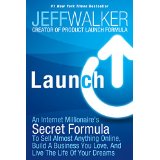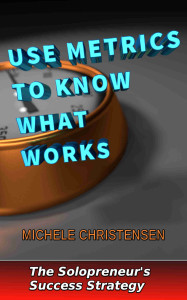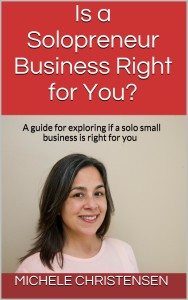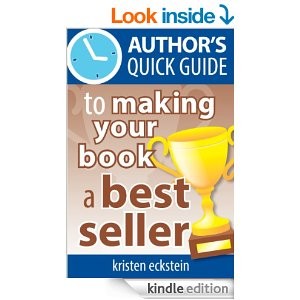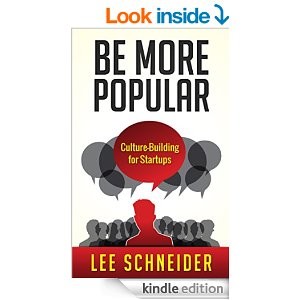
Be More Popular is about creating and utilizing culture to make your startup a success. I’ve written and spoken a lot about how I think that startups are not the same as solopreneurs, but there is a lot of value for solopreneurs in this book. I decided to read this book because I have tremendous respect for the the author, Lee Schneider, and have collaborated with him on several occasions. I’m also a subscriber to his newsletter and fan of his Twitter feed!
One of the key themes of this book is on gaining users for your product, but there is a big focus on building community. There are some valuable lessons in the community-building part of the book, and most of what is written about gaining users can be applied to other kinds of businesses as well.
Can a one-person business have culture?
At first I questioned this idea because culture, almost by definition, is shared by more than one person. However, the theme of culture is expanded upon greatly and culture isn’t only about shared rituals or traditions by employees. Culture permeates everything about your business and is a backdrop to every decision you make. Culture impacts what kind of people want to do business with you. The biggest takeaway I got in this area is that your business has a culture whether you are aware of it or not. Rather than let your culture just be some scattered list of ideas that you don’t even know about, it’s better to be intentional in creating your culture and communicating it.
Much of the book is dedicated to building community, and this is valuable for a solopreneur as well. Even though you may be mostly a one-person operation, the people who are interested in what you have to say are your community. They are your future customers, your advisory board and the home of your business. The book features case studies, and covers both fast and slow ways to build your community.
Most of what I’ve mentioned so far has been more about how this book teaches you new concepts and new ways to think about your business. However, there are some really practical “how to” sections as well.
One of the noteworthy sections of the book covers how much you can or should spend to acquire a user/community member/potential customer. Spending money is a perfectly valid way to let people know about you, but it can be a challenge to balance how much you spend vs. the potential revenue per client. Lee walks you through the calculation in enough detail that you could do this for your own business. It’s a really valuable concept and one that all business owners should be aware of.
A second section with valuable “how to” information is on using email marketing. It’s refreshing to hear someone in the startup community talk about the value of email marketing even though there are much more exciting and newer ways to reach people. The fact is that email marketing is still one of the most, if not the most, valuable activity a business can engage in even if it’s not particularly sparkly or new.
An unexpected surprise was a chapter on hacking your nervous system. This was toward the end of the book, and it was almost like getting a present! The book would have been complete without this chapter, but it was useful information on how you can make small changes to help yourself perform better.
I recommend you read this book for your business! Click here to see this book on Amazon.
Image from Amazon.com

 I’m pleased to announce the official launch of The Solopreneur Reading List, my curated list of books to help you thrive in your solopreneur business!
I’m pleased to announce the official launch of The Solopreneur Reading List, my curated list of books to help you thrive in your solopreneur business!